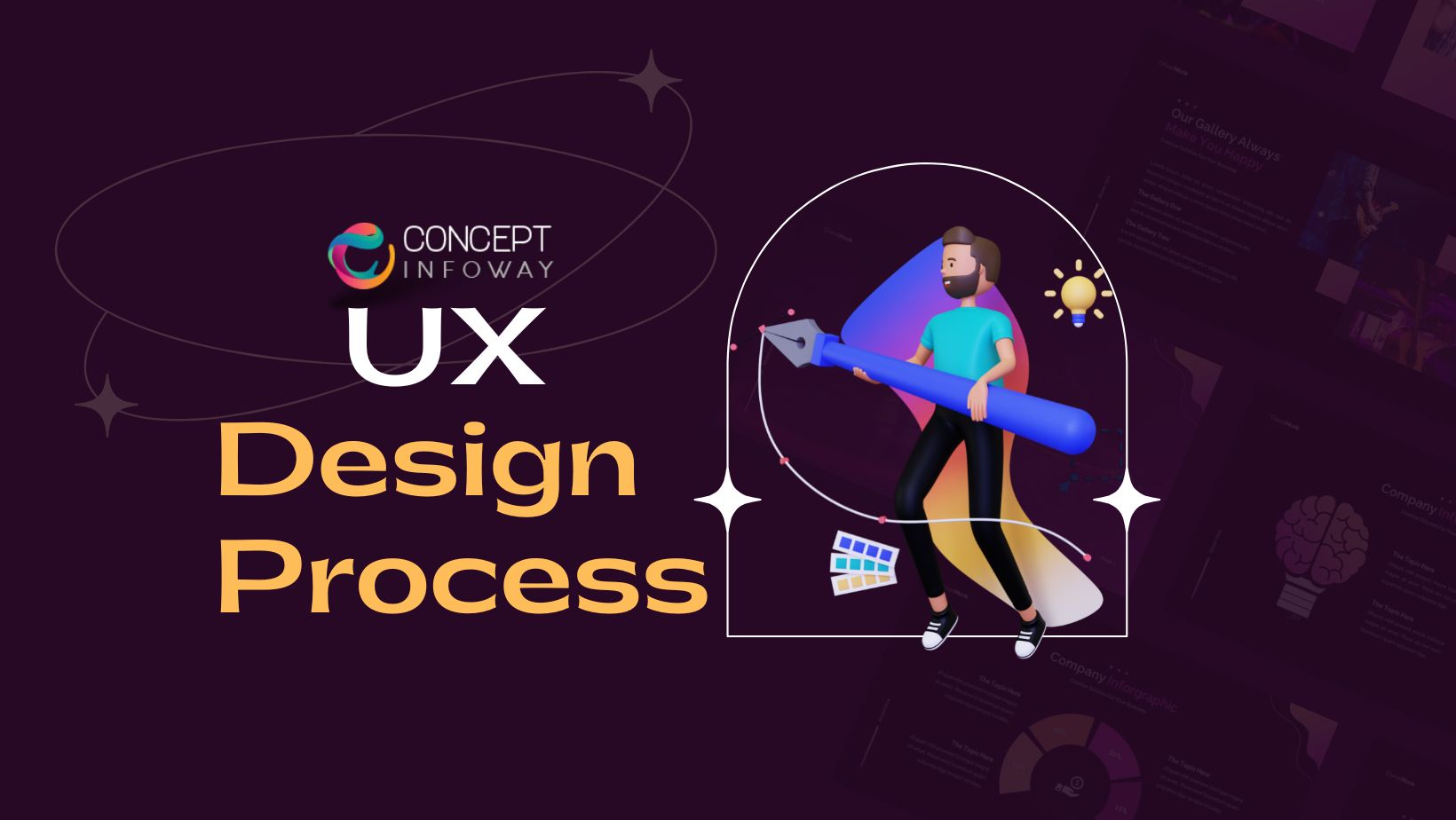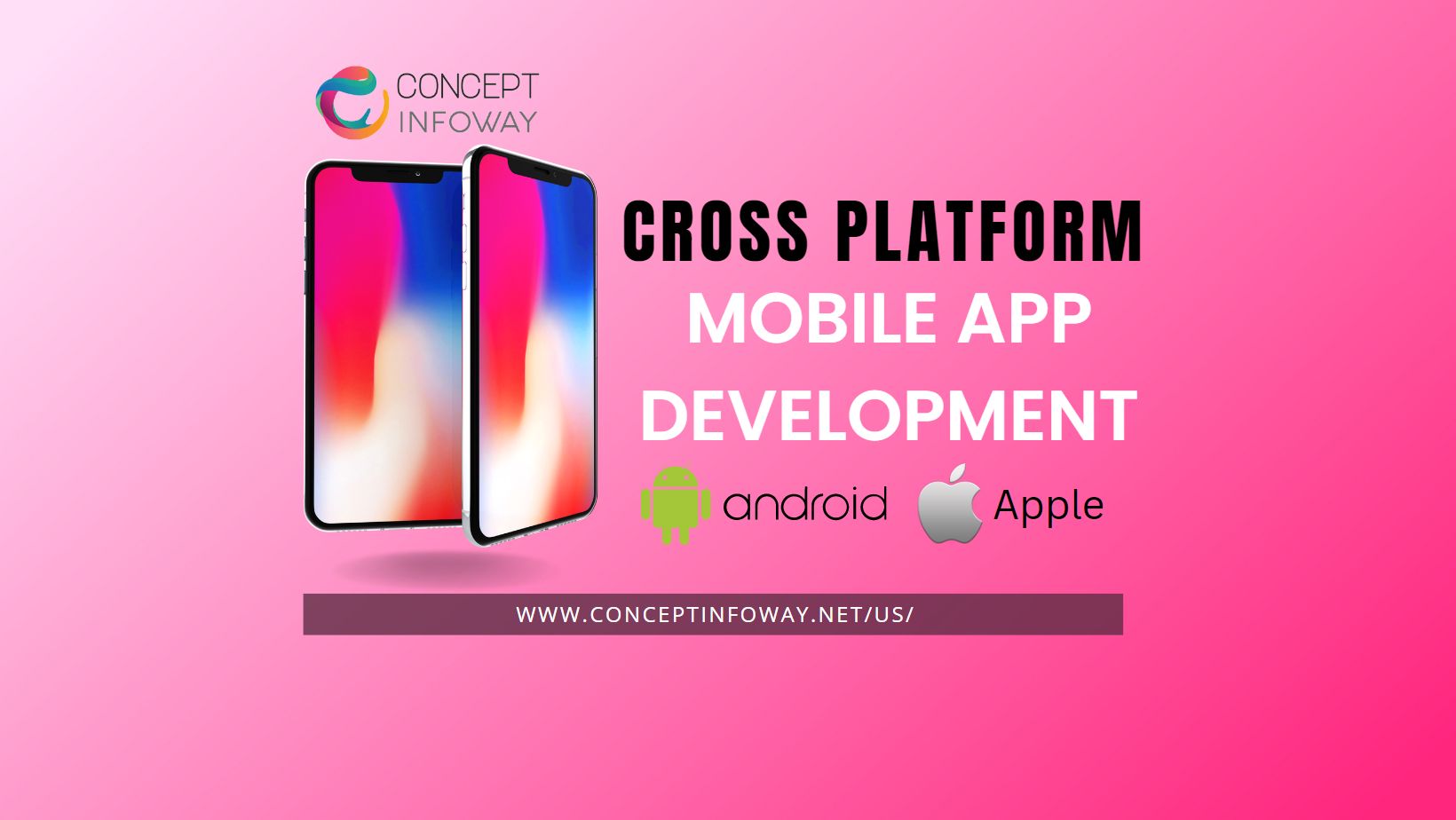
The UX Design Process: A Step-by-Step Guide to Creating User-Centered Websites
User experience (UX) design is the process of designing digital products, such as websites or applications, with the user in mind. The goal of UX design is to create products that are intuitive, easy to use, and satisfying for the user. In this blog post, we will discuss the UX design process, step-by-step, to help you create user-centered websites.
Step 1: Research and Analysis:
The first step in the UX design process is to conduct research and analysis. This involves understanding your target audience, their needs, and their behaviors. Conducting user research can help you identify pain points and opportunities to improve the user experience.
Step 2: Define the Problem:
Based on your research and analysis, you can define the problem you are trying to solve. This involves identifying the user’s goals and how your website can help them achieve those goals. Defining the problem will help guide the rest of the UX design process.
Step 3: Ideation:
With the problem defined, it’s time to start generating ideas. Brainstorming with your team and stakeholders can help you generate a range of ideas and solutions to the problem. From there, you can evaluate and prioritize the ideas that are most feasible and effective.
Step 4: Prototyping:
Prototyping is the fourth step in UX design process. Once you have a set of ideas, it’s time to start prototyping. This involves creating rough sketches, wireframes, and mockups to help visualize the design. Prototyping allows you to test and refine your ideas before moving on to the final design.
Step 5: Usability Testing:
After creating a prototype, it’s important to conduct usability testing with real users. This involves observing users as they interact with your website and gathering feedback on their experience. Usability testing can help identify areas of the design that need improvement.
Step 6: Refinement:
Based on the feedback from usability testing, you can refine and improve the design. This may involve making changes to the layout, navigation, or content. Refinement is an iterative process that involves testing and adjusting until the design meets the user’s needs.
Step 7: Implementation:
Implementation is the fourth step in UX design process.Once the design is finalized, it’s time to implement it on your website. This involves coding and development to bring the design to life. It’s important to maintain a user-centered focus during implementation to ensure that the final product meets the needs of your target audience.
Step 8: Evaluation:
After implementation, it’s important to evaluate the effectiveness of the design. This involves measuring user satisfaction, engagement, and other metrics to determine how well the design is meeting its goals. Based on the evaluation, you may need to make further adjustments or improvements.
UX Design Process – Talk to UX Designers
The role of a UX designer is to enhance the user experience with the product. A UX designer continually looks for innovative ways to improve how the product experience feels to the user — improvements such as making using the product faster, easier, or more fun. So, if you want to learn more about the UX design process, what are the important elements to consider, and more, then feel free to contact Concept Infoway LLC.
Based in the United States, Concept Infoway has a team of UX designers and UX developers. If you want a website or a mobile application with amazing UI/UX experience, then call us at +1 832 290 9522. You can also like our Facebook page for more interesting updates related to website development and mobile application development. To learn more about Greenville SC web design, contact us today!
Also Read
Frequently Asked Questions – FAQs
The UX design process is a series of steps that focus on understanding users, defining problems, ideating solutions, prototyping, and testing to create intuitive digital experiences. Concept Infoway LLC follows a structured UX design process to ensure user-centered websites that are both functional and engaging.
The UX life cycle includes user research, analysis, design, testing, and implementation. At Concept Infoway LLC, we apply the UX life cycle to refine and enhance digital products through continuous feedback, making sure they align with user behavior and business goals.
The four phases of UX design are Research, Design, Prototyping, and Testing. Concept Infoway LLC uses these phases in our UX design process to craft experiences that meet user expectations while aligning with your brand and business objectives.
Process flow refers to the sequence of user actions and interactions within a system. Concept Infoway LLC maps out detailed process flows in our UX design process to ensure users can navigate your website smoothly and accomplish tasks with ease.
UX design is a user-centered discipline focused on creating satisfying experiences, while the design process is the broader method used to reach a design goal. At Concept Infoway LLC, we integrate both into our UX design process to deliver seamless and strategic digital solutions.
The UX design process timeline can range from a few weeks to several months depending on project complexity. Concept Infoway LLC ensures a well-paced and transparent process that prioritizes collaboration, user input, and efficient delivery without compromising quality.
Task flow represents the path users take to complete specific tasks on a site or app. Concept Infoway LLC carefully constructs intuitive task flows as part of our UX design process to minimize friction and improve overall user satisfaction and conversion.

